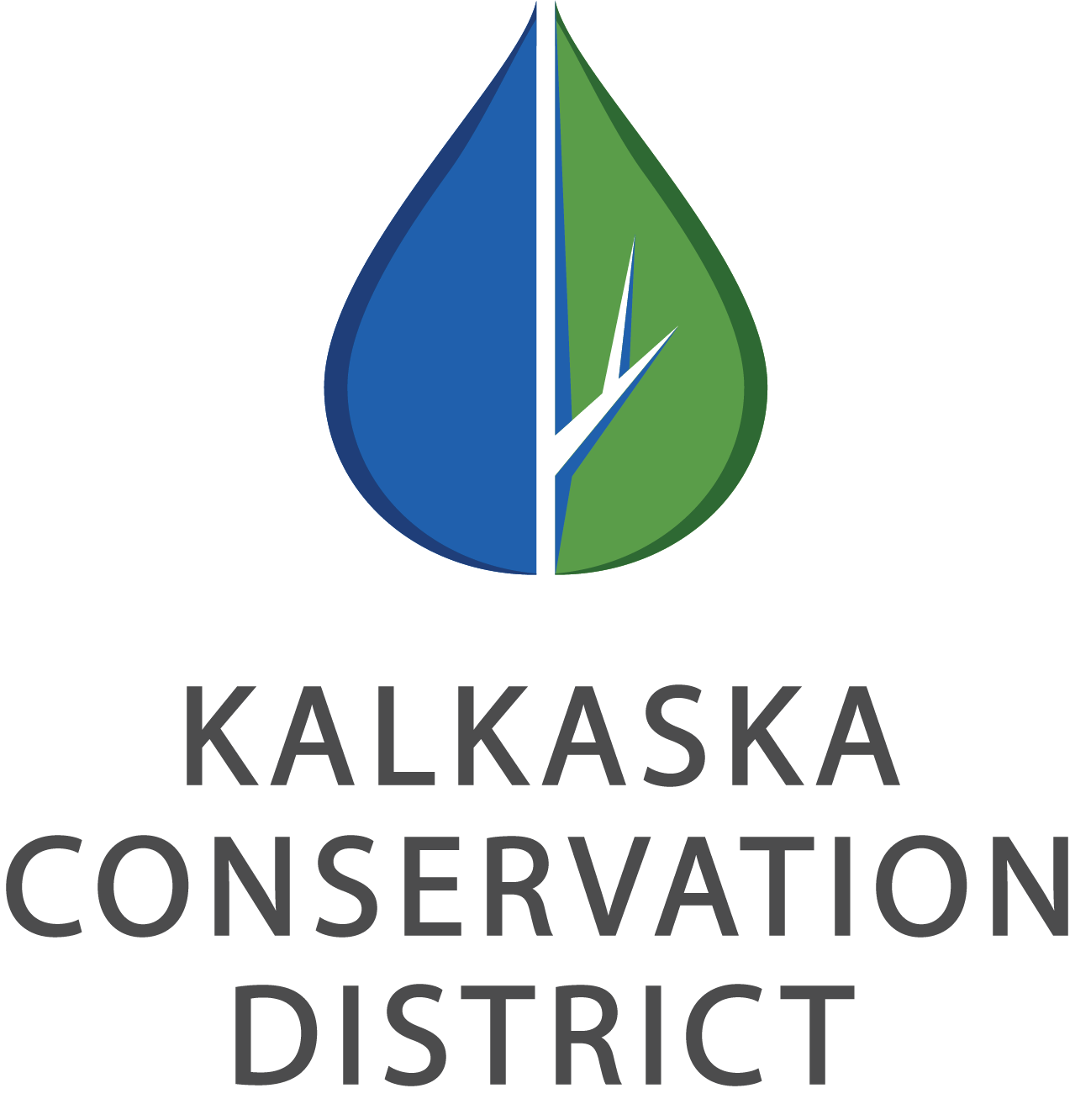Owl Prowl Adventure
By Marilyn Shy, Kalkaska Conservation District
It’s not too early to start listening for owls calling to each other in the early evening hours. Many owls are setting up territories, breeding, and getting their nests ready in the early spring and late winter. Since owls often respond to tape-recorded calls of other owls, or even to humans imitating owl calls, we thought it might be fun to go on an owl prowl!
The Great Horned Owl is very common in our area. They nest in a wide variety of habitats, from open fields to forested stands. However, they do prefer medium stands of upland forest, with fields and edges for nearby hunting. They often use old nests of other large birds such as hawks, crows and herons, and will even use old squirrel nests.
Another owl common to our area is the Eastern Screech-Owl. They are cavity nesters and utilize many habitats, such as forest edges, thick wood lots, parks, orchards, and even suburban neighborhoods. Old woodpecker holes, natural cavities, and artificial boxes are often preferred nesting sites.
The third owl you may run into is the Barred Owl. This owl likes to nest in wooded settings with mature trees, especially wooded swamps, river and stream bottoms. Barred owls will use natural hollows in trees or broken tree stubs as well as old hawk, crow and squirrel nests, and occasionally nest boxes to rear its young.
Owls have exceptional hearing. The “ear tufts” you see on some species are not ears at all. The actual ear opening is hidden under the feathers on each side of the head. Owls can more or less instantly pinpoint if a sound has come from the right or the left. This helps them hunt in all kinds of situations, light or dark. What is most amazing is that their highly developed abilities help them catch prey that is hidden under the snow
Owls also have highly specialized vision. Owl eyes are enormous, which not only enables them to see better in the dark, but allows them to visually locate prey under almost any condition. Another trait is the ability to swivel their heads around by about 270 degrees, and thus look behind them without moving their bodies.
Owls, like all other birds, cannot chew their food. This leaves them with a problem of the indigestible parts of the food they eat, such as bones and fur. In order to get rid of these parts, owls regurgitate what are known as “owl pellets”. Researchers studying owls will pick through the pellets and determine what kinds and how many animals they have eaten.
So, are you ready to meet some owls up close and personal? If yes, you are invited to join the Kalkaska Conservation District staff on an “Owl Prowl” on Saturday, February 24th at 5:30 pm. Participants should meet at the Rugg Pond Dam parking lot, and dress for the weather. Bring snowshoes if you have them. We will have a limited number of snowshoes to borrow, so please let us know ahead of time if you need to borrow a pair. For more information, or to register, contact Conservation Specialist Renee Penny at renee.penny@macd.org, or call her at (231)258-3307.

